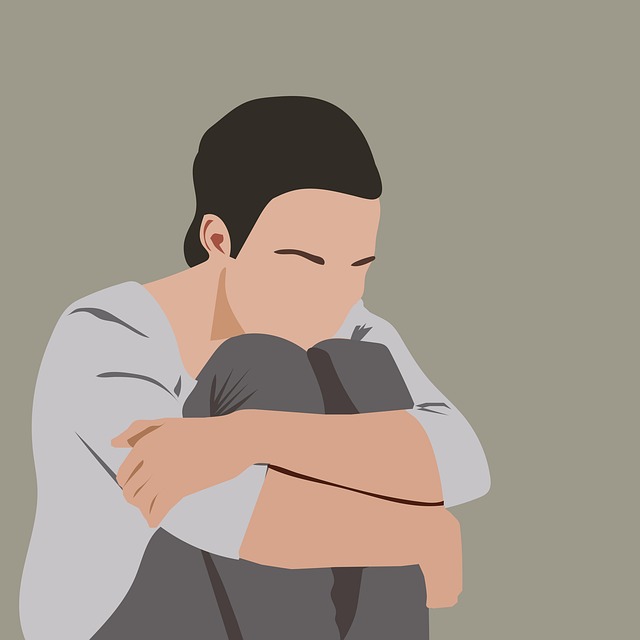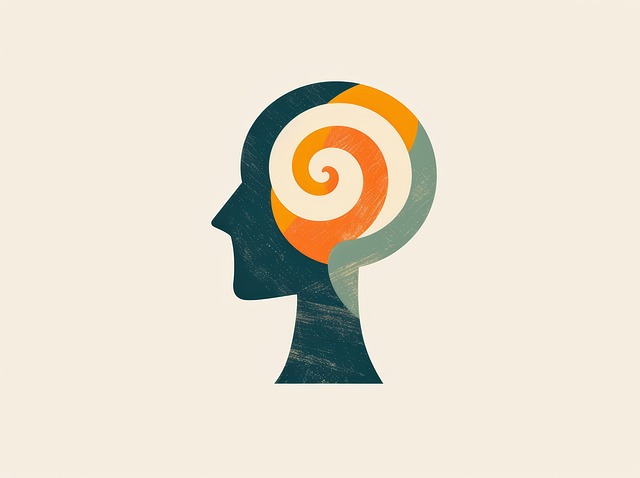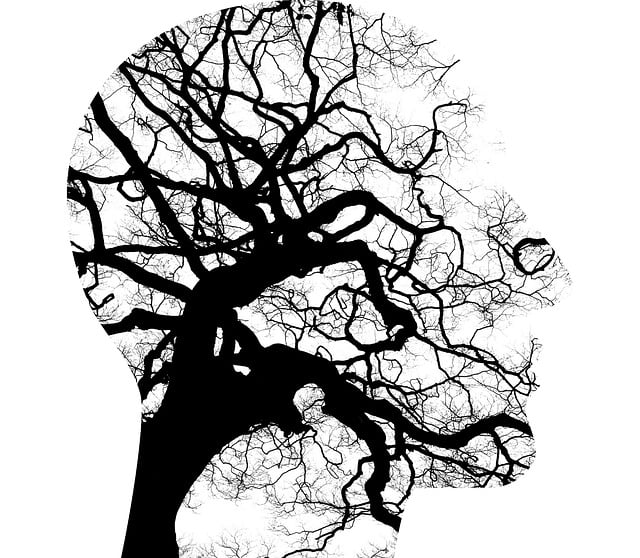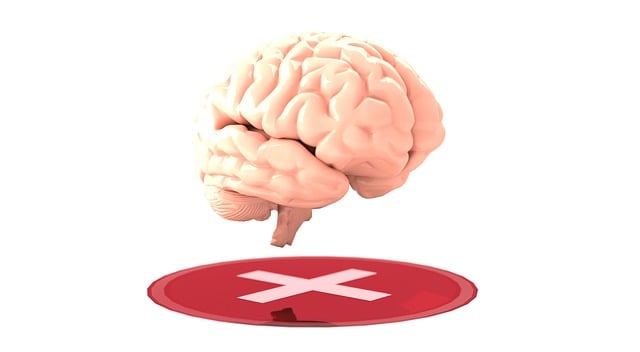In Longmont, the stigma surrounding mental illness, including chronic pain, creates barriers to treatment and support. This leads to isolation, fear, and delayed care-seeking. To combat this, community initiatives focus on education, advocacy, and open dialogue. Programs like Social Skills Training, Crisis Intervention Guidance, and conflict resolution techniques promote understanding and acceptance of mental health conditions. Integrating mental health education in schools and advocating for policy changes reduce stigma. By empowering individuals with knowledge and self-care routines, these efforts facilitate access to Longmont Chronic Pain Therapy and improve overall well-being.
Mental illness stigma is a significant barrier to individuals seeking help, often leading to delayed or avoided treatment. This article explores strategies to reduce this pervasive issue, focusing on community engagement, education, and advocacy. We delve into the impact of stigma on mental health seekers, particularly those facing chronic conditions like Longmont Chronic Pain Therapy, and present actionable steps towards a more inclusive society. By understanding the roots of stigma and its far-reaching consequences, we can foster empathy and promote accessible care.
- Understanding Stigma and Its Impact on Mental Health Seekers
- Strategies for Effective Stigma Reduction in Community Settings
- The Role of Education and Advocacy in Shifting Mindsets
Understanding Stigma and Its Impact on Mental Health Seekers

Stigma surrounding mental illness is a significant barrier for individuals seeking support and treatment. It often manifests as negative attitudes, stereotypes, and discrimination, creating an environment where people with mental health concerns feel ashamed, isolated, or afraid to reach out. This stigma can have severe consequences on their willingness to pursue help, leading to prolonged suffering and potential exacerbation of symptoms. For instance, those dealing with chronic pain in Longmont may hesitate to seek Chronic Pain Therapy due to fear of judgment.
Understanding the impact of stigma requires recognizing how it influences decision-making processes. Many mental health seekers might internalize societal messages, questioning their own experiences and perceptions of distress. This internalized stigma can hinder self-disclosure, making it challenging for individuals to communicate their struggles effectively. However, efforts to reduce stigma through education, advocacy, and the promotion of open dialogue are crucial in encouraging people to prioritize their mental well-being. These initiatives include exploring stress reduction methods, employing communication strategies that foster empathy, and nurturing inner strength development.
Strategies for Effective Stigma Reduction in Community Settings

Stigma reduction efforts in community settings play a crucial role in fostering understanding and acceptance of mental illness, especially for marginalized groups like those dealing with chronic pain conditions in Longmont. One effective strategy is Social Skills Training, which equips individuals with the necessary tools to navigate social interactions confidently. By participating in role-playing scenarios and receiving feedback, people can learn how to express their needs, manage conversations, and build relationships, thereby enhancing their overall well-being and reducing feelings of isolation.
Additionally, Crisis Intervention Guidance is vital for addressing acute episodes and providing immediate support. Training community members in crisis intervention techniques enables them to recognize warning signs, offer de-escalation strategies, and connect individuals with appropriate resources. This proactive approach ensures that people facing mental health challenges receive timely assistance, reducing the likelihood of prolonged crises. Conflict resolution techniques are also integral to these efforts, as they promote peaceful coexistence and understanding within communities, fostering an environment conducive to open conversations about mental illness.
The Role of Education and Advocacy in Shifting Mindsets

Education and advocacy play a pivotal role in shifting mindsets surrounding mental illness, particularly chronic conditions like Longmont Chronic Pain Therapy. By integrating mental health education into mainstream curricula, we can foster empathy and understanding from an early age. This includes teaching peers about different forms of mental health issues, their causes, symptoms, and effective coping strategies. Normalizing conversations about mental well-being empowers individuals to recognize struggles in themselves or others and encourages seeking help without stigma.
Advocacy groups and community initiatives focused on mental health policy analysis further contribute to breaking down barriers. These platforms facilitate open dialogues, challenge misconceptions, and lobby for supportive legislation. Promoting self-care routine development as a crucial aspect of emotional healing processes is also integral to these efforts. Encouraging individuals to prioritize their mental health through various self-care practices contributes to building resilience and overall well-being, thereby reducing the impact of stigma.
Mental illness stigma, a significant barrier to treatment, can be reduced through education and advocacy. By fostering understanding in community settings, as demonstrated by successful initiatives like those offered by Longmont Chronic Pain Therapy, we can create a more inclusive environment. Combining targeted strategies with continuous efforts to shift mindsets is crucial for improving mental health outcomes and ensuring support for all individuals, regardless of their struggle.














